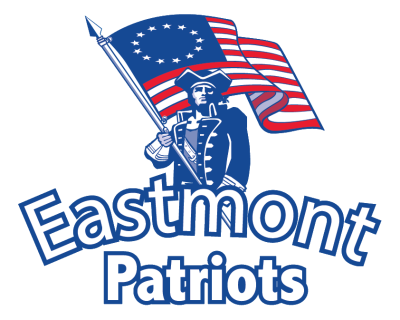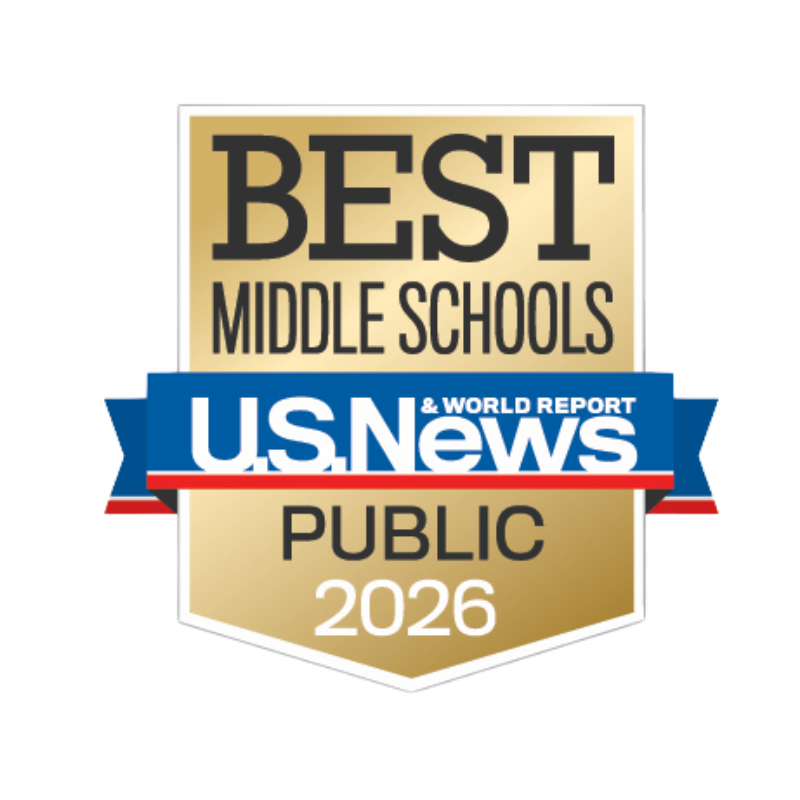We at Eastmont Middle School understand the importance of using information ethically and following intellectual property laws. We want students to responsibly use and document information for assignments. We also believe that students must become independent in their understanding and use of ideas and words in an ethical manner. Here is some clarification from Weber State.
Plagiarism is not acceptable. Be careful of the following types of plagiarism:
- Intentional plagiarism–the student turns in work knowing that he is using another person’s work as his own
- Unintentional plagiarism—the student imprecisely documents or does not attribute information found in his paper; he/she fails to document all sources used
Responsibilities of Student:
- Do not use another person’s work as your own
- Use information ethically by paraphrasing, summarizing and quoting directly
- Attribute in the body of the paper the sources of information used
- Create a Works Cited page to document all print, non-print, and media sources and images
- Document all sources of information (report, poster, oral presentation, multi-media, etc.)
Examples of plagiarism:
- Direct copying from a source that is submitted as the student’s own work (could be copied from the internet, a book, an encyclopedia, or from another student)
- Lack of attribution (in-text documentation or Works Cited page). For example, my Mentor, Marianne Bates, helped me and retrieved information from “Research Integrity Policy,” Springfield Township High School which I adapted on this web page
- Incomplete attribution (in-text documentation or Works Cited page)
- Documentation that does not check out or does not match the Works Cited page
Citation Sources
Scrible link, toolbar information, and training
Copyright and Creativity Student Lesson
Sleuth tip: look in footnotes/endnotes/bibliography of good secondary sources (including wikipedia) to find primary sources.


